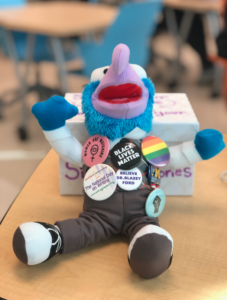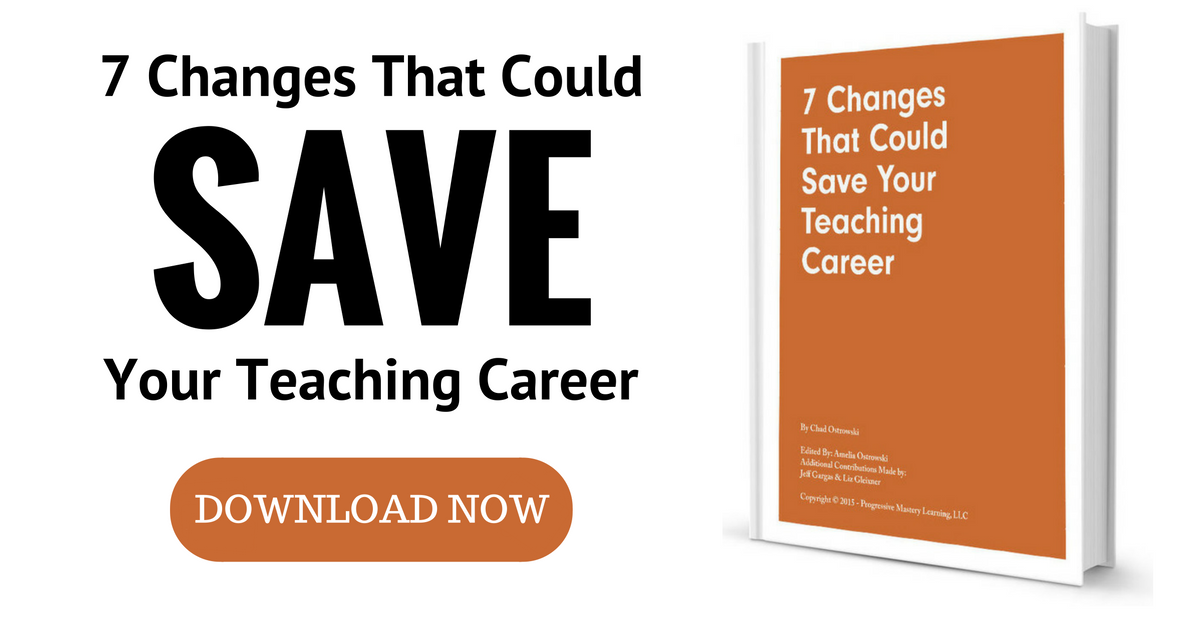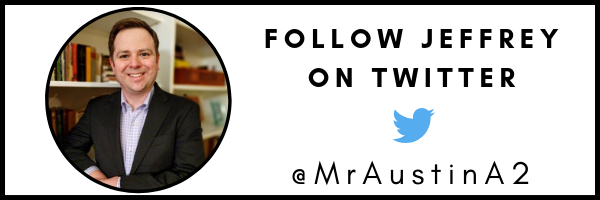In this Post :
- Myth #1: Restorative Practices Take Away from Academics
- The circle, sometimes known as a class meeting, maybe the most well-known restorative practice, can be implemented quickly and used proactively to build the people-first classroom culture
- Myth #2: Implementing Restorative Practices is Overwhelming
- Starting small, revising and improving my skills, and generating success with students provided me with momentum needed to continue and to grow the practice this year.
Introduction: Two Big Myths About Restorative Practices
Two of most enduring myths about implementing a classroom-based restorative practices program is that it takes away from academics and that getting started is overwhelming. These came up frequently in a recent #MasteryChat about the topic. While building restorative practices into a classroom requires careful consideration of the “how” and “why,” its implementation is not mutually exclusive with academics and doesn’t require an “all-or-nothing” approach.
In this post, my goal is to challenge these myths to help us understand how classroom-based restorative practices can support and enhance academics and how implementing classroom-based restorative practices doesn’t need to be a scary or overwhelming experience, especially if you start small with attainable goals.
Myth #1: Restorative Practices Take Away from Academics

Gonzo is our “talking piece” during restorative circles.
Restorative practice programs aren’t sets of behavior checklists; they are intentional cultural changes that are sewn into the fabric of classrooms from the outset.
These cultural changes—individual accountability to communally-built norms, actively celebrating perspectives and identities different from our own, sharing vulnerability, and practicing forgiveness—have positive impacts on student achievement, as we help our students identify and work on their social-emotional needs. Attending to our students social-emotional learning makes them feel seen, safe, and secure, and students in these humanized classrooms are more likely to stay there.
The circle, sometimes known as a class meeting, maybe the most well-known restorative practice, can be implemented quickly and used proactively to build the people-first classroom. Click To TweetBeing in—and staying in—class has massive positive impacts for all of our students, especially our systemically marginalized students. A recent study found that gaps in achievement, particularly between students. of color and their white peers, are partially attributable to gaps in discipline, as students of color are more likely to be removed from their classes and schools for the same behaviors.
The circle, sometimes known as a class meeting, maybe the most well-known restorative practice, can be implemented quickly and used proactively to build the people-first classroom culture described above. Working collaboratively and democratically with my students at the beginning of the school year or new term, we establish norms that govern our circles. I adhere to these norms as students do, as the circle is a site where hierarchy and power asymmetry is reduced.
[scroll down to keep reading]
Our norms from last school year were:
- Be present and be vulnerable. Be comfortable with discomfort. I trust you to make good decisions about technology use during this time.
- Listen for empathy and understanding, not to respond. After each person shares, we’ll give them some snaps to show our appreciation!
- Leave airtime for others (“three before me”) and invite those who haven’t spoken into the conversation. Whoever has Gonzo [our talking piece] has the floor.
- Humor is welcome!
In my classroom, I’ve used circles to check-in with students and have students check-in with each other using a question like, “How are you feeling today, and why? What can we do to support you?” I’ve also used circles as a way for students to offer public reflections on their non-academic and academic performance by having them discuss “hair-raising,” “gut-wrenching,” and “heartwarming” moments throughout the term.
Once students have a feel for the circle, they can start developing topics and questions for discussion. Our circles featured important student-led conversations about equity and social justice in our school, community, and nation that were meaningful, timely, and relevant. Importantly, giving students dedicated time and space to process the racist events of this summer will be critical in the coming school year, and a circle may provide a venue for these community conversations. It is vital, too, that you are prepared to listen to your students and meaningfully facilitate these conversations to avoid re-traumatizing students. The relationships with your students—a catalyst to academic learning in your classroom space—will grow exponentially through your willingness to be an active listener and a willing audience to their hopes and concerns. Having your support and a space to talk can be healing.
In a few minutes each week, students were practicing sharing vulnerability with others, actively listening, celebrating perspectives different from their own, and working through substantial community issues and concerns together. Creating democratic and humanized spaces requires us to work with students to build meaningful people-first structures, and circles are a great example. Our early investment in these edifying structures have profound effects on students’ feelings of belonging and, in turn, their academic learning and growth.
Myth #2: Implementing Restorative Practices is Overwhelming
Starting small with attainable goals is the key to successfully implementing restorative practices, as trying a full implementation of every practice is a recipe for frustration and burnout. Remember: success breeds success, so give yourself and your students the time and space to learn and grow. You don’t need to use every restorative practice in your classroom, and you and your students don’t need to be perfect, just committed to learning and improving.
This year, I implemented informal restorative conferences with the 12 juniors in my Writing Center program that were focused on tutors’ social-emotional well-being and growth. While these conferences might typically be used to repair the harm of a minor offense, I used the practice proactively to spend extended time with each student. I learned more about how they viewed themselves, what their goals were and how I could support them, and to provide important feedback and encouragement.
These conversations, which were a chance to continue my growth as a listener, helped me better understand what my students needed from me as a teacher, a coach, and a communicator. Each session lasted about 15 minutes, and they were spaced throughout our second and third terms.
This year, my goal is to expand the program to have these short meetings with all of my 25 tutors each trimester. The time investment will be greater, about four or five hours per term, but the tradeoff for improved relationships with my students and a strong program culture are worth the increased hours. Students also reported to me that the conferences, while initially making them nervous because their perceptions of and experiences with teacher authority, should be continued and expanded. They felt better connected to me and to our program once they understood it was a conversation and not an interrogation. Indeed, these conversations dissolved the initial power asymmetry that exists between teachers and students.
My experience with the conferences last year helped me understand whether the practice worked, what revisions need to be made, the practical limits on my time and my students’ time, and how to improve my pedagogy and practice overall and with each individual student.
Starting small, revising and improving my skills, and generating success with students provided me with momentum needed to continue and to grow the practice this year.
Conclusion: The Myths are Busted, so Get Started This School Year
Building a restorative culture in your classroom will take time and sustained effort, but it can enhance students’ academic performance by investing in their social-emotional well-being, providing them a sense of belonging, and keeping them in the classroom. It can also enhance your relationships with students, a key catalyst for learning.
Your implementation of restorative practices can be gradual. You may want to do more quicker, but setting small goals and establishing success is critical to the long-term prospects of restorative justice in your classroom. Choosing a practice or two to pilot and learn more about is an effective strategy. Success breeds success, so it’s important to understand your needs, how to support your students’ needs, and what’s practical given your context.
With the start of a new year, now is the perfect time to start building more restorative practices into your classroom.
About Jeffrey Austin
Jeffrey Austin is the English Department Chair, World Humanities teacher, and Writing Center Director at Skyline High School in Ann Arbor, Michigan. Jeffrey serves on the boards of the International Writing Centers Association and the Secondary Schools Writing Center Association. He frequently presents on literacy and writing at regional and national conferences. Jeffrey was named the 2016 Commendable Teacher of the Year in Washtenaw County, and he was admitted to 2018 Innovative Educator Corps in the State of Michigan for his work closing achievement and opportunity gaps with the Skyline Writing Center.
Official Website: jeffreyaustin.org



